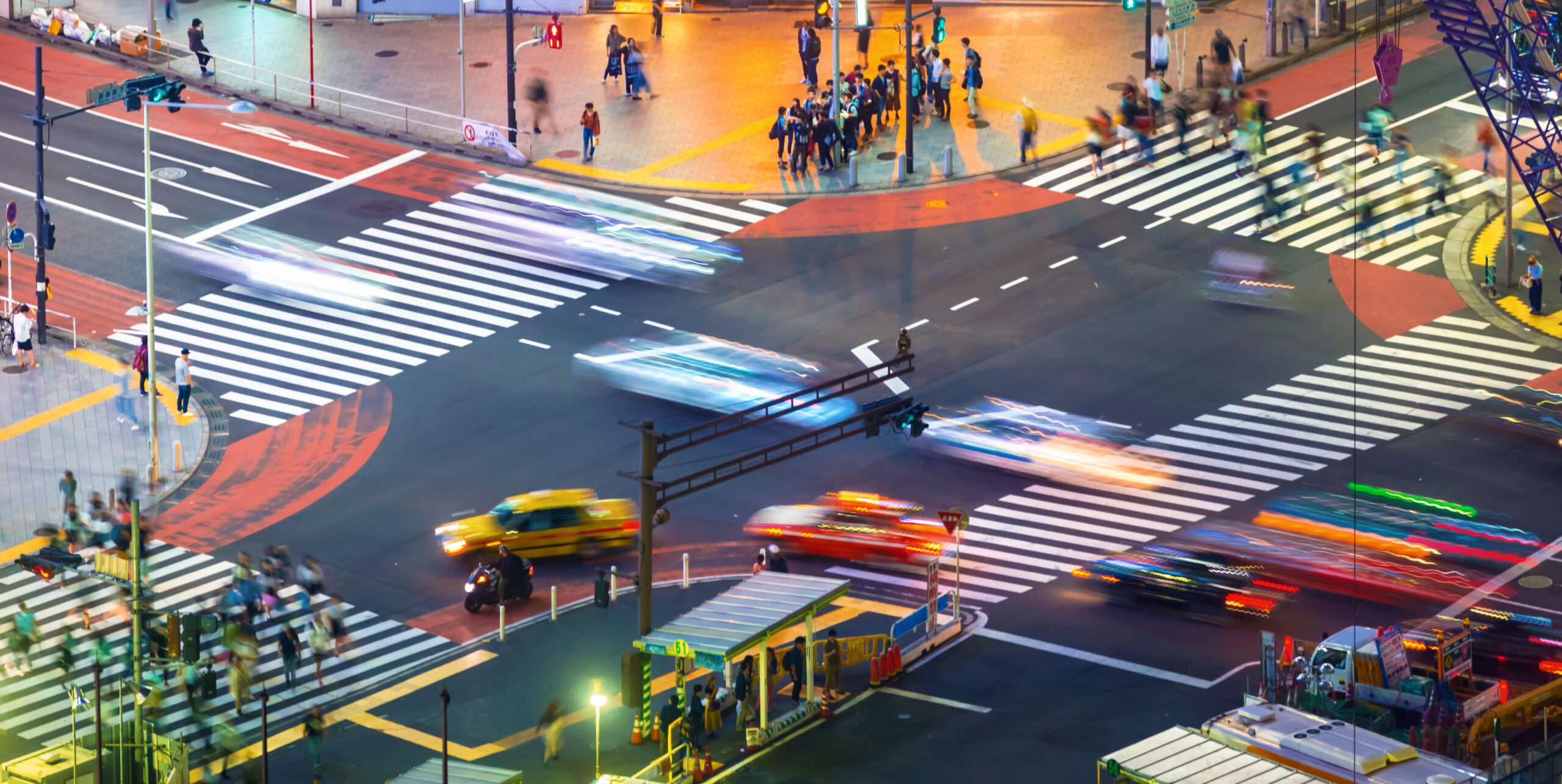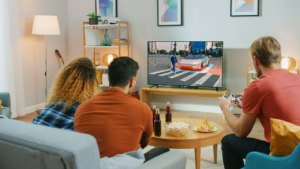Staying safe on the road is important—not just for yourself but for your family, friends, and everyone who shares the road with you. Road safety impacts go beyond individual drivers; it affects entire communities, emergency responders, and even the efficiency of our transportation systems. When an accident happens, it doesn’t just cause harm—it also creates delays, congestion, and additional risks for others. The tradeoff of rushing or driving aggressively simply isn’t worth it.
Why Intersections Can Be Risky
Intersections can be some of the most dangerous spots on the road. According to the Federal Highway Administration (FHWA), about one-quarter of all traffic fatalities and nearly half of all traffic injuries in the U.S. happen at intersections. That’s why they’re a major focus for improving road safety at all levels. (highways.dot.gov)
When and Where Are Accidents Most Likely to Happen?
Car crashes don’t happen at random—they follow certain patterns based on the time of day and day of the week:
- General Crash Trends: Studies show that Friday is one of the most accident-prone days—likely due to increased travel and end-of-week fatigue. Rush hour (3 p.m. to 6 p.m.) is another time to be extra cautious. Fatal crashes are more common in the evening between 6 p.m. and 9 p.m. (progressive.com)
- Shifts in Traffic Patterns Since 2020: Traffic fatalities have increased in recent years, despite fewer cars on the road at certain times. Factors such as higher speeds, impaired driving, and reduced enforcement have all contributed to this rise. (NHTSA)
- Scientific Insights on Crash Causes: Research indicates that driver behavior, road conditions, and vehicle performance all play crucial roles in crash likelihood. Studies have examined specific risk factors such as distraction, drowsiness, and roadway design. (PMC, ScienceDirect)
- Fatal Crashes: The National Safety Council (NSC) reports that fatal crashes are more common on weekends, with Saturday being the most dangerous day. The riskiest time of day? Between 4 p.m. and 7:59 p.m. And in warmer months, fatal crashes often peak between 8 p.m. and midnight. (injuryfacts.nsc.org)
- Nonfatal Crashes: Weekdays, especially Fridays, tend to see more nonfatal crashes. These peak in the late afternoon from 4 p.m. to 7:59 p.m. In the summer, the busiest time shifts earlier, from noon to 3:59 p.m. (injuryfacts.nsc.org)
- Red Light Running: According to the Federal Highway Administration, an estimated 165,000 motorists, cyclists, and pedestrians are injured annually by red-light resulting in nearly 1,000 fatalities (FHWA Red Light Running Report).
How to Stay Safer on the Road
Knowing when accidents happen most often can help you take extra precautions:
- Be extra careful at intersections: Many crashes happen here, so stay alert, obey traffic signals, and watch for other drivers who may not.
- If possible, avoid peak crash times. Plan your trips outside of high-risk hours, especially during rush hour or late at night.
- Stay focused and avoid distractions. Phones, food, and even conversations can distract you from the road. Keep your eyes on what’s ahead.
- Drive with patience: Speeding or aggressive driving doesn’t just put you at risk—it also increases congestion and delays for everyone else. A small delay in your schedule is far better than the consequences of an accident.
How NoTraffic is improving safety
NoTraffic enhances safety and efficiency for all road users by optimizing traffic flow and signal timing. Here’s how:
- Reducing Rush Hour Delay up to 50%: Afternoon rush hours are among the most dangerous times to be on the road. By optimizing traffic flow and reducing delays, NoTraffic helps agencies minimize the time vehicles spend on the road, decreasing congestion and driver frustration.
- Detecting Red-Light Runners: NoTraffic offers the Intersection Safety Insights (ISI) application that provides near-red and red-light running to help agencies identify at-risk intersections with statistics and videos detailing each event.
- Reducing Red-Light Running up to 70%: The NoTraffic system operates in better alignment with driver expectations, leading to significant reductions in red-light running—by up to 70%. According to the FHWA, red-light runners injure an estimated 165,000 motorists, cyclists, and pedestrians annually. Reducing this number improves safety for all road users.
- Deleting the Dilemma Zone: A Dilemma Zone occurs when the signal turns yellow and a vehicle is on a high-speed approach at a distance too far to proceed safely and too close to stop safely. This causes a risk of rear-end crashes if the driver stops and red-light-running if the driver proceeds. NoTraffic can detect a driver’s speed and location on high-speed approaches and extend the green time to prevent sudden stops and red-light running risks.
- Pedestrian Protection: Drivers are not the only ones who need protection. Pedestrian deaths have increased by 77% over the past decade, prompting many agencies to act. Factors like late crosswalk entry, large crowds, and age can increase the time required for pedestrians to cross safely. NoTraffic can detect pedestrians in the crosswalk, sending a signal to the controller to extend the time, enhancing safety for children, the elderly, and other vulnerable road users.
- Reducing Pedestrian Wait Times up to 40%: According to the Transportation Research Board (TRB), pedestrians begin losing patience after 20 seconds of waiting, increasing the likelihood of risky crossings. NoTraffic reduces pedestrian delay by up to 40%, helping agencies enhance pedestrian safety.
By staying informed and driving defensively, you can reduce your risk of being in an accident and help make the roads safer and more efficient for everyone. Safe travels!



